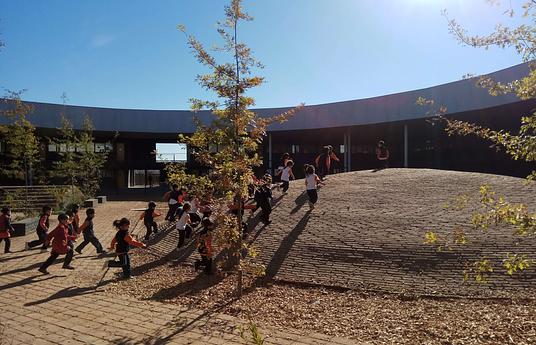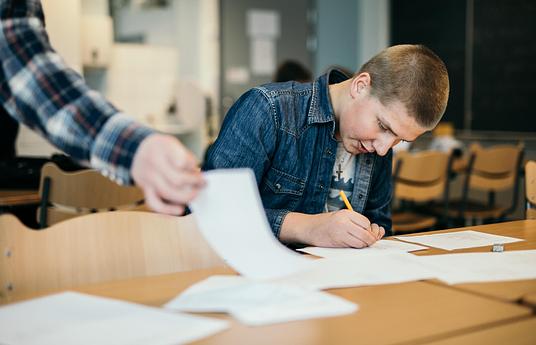As students spend more time on their devices, producing and creating media which extract their attention and decrease wellbeing, they also experience 'nature deficit disorder' that is in urgent need to heal for personal and planetary wellbeing. Eco-photography was born to address both issues by redirecting students to engage with responsible production of media as a means to reconnect with nature.
Likes anything in nature, eco-photography adapts to and fits with various settings in schools worldwide with flexible formats, yet holds the same essence. In the past, it has been offered as an online program during covid, a hybrid experience of online and in-person workshops, a mini workshop in one class period, a half day event on special occasions such as Sustainability Day, Wellbeing Day, and Earth Day etc. It was built into poetry unit, photography club, after school activity and compassion training. It has also been transformed into a week long deep retreat type of experience during Week without Walls/Discovery Week. In addition to serve students, it was offered to educators and school leaders as well in professional trainings and conferences.
Eco-photography travels and grows as our professional network expands. It shows up in our consultancy work with schools as an experiential component regarding holistic global citizenship, sustainability, wellbeing and deep ecology. It's part of our Global Citizenship Certificate online training program too. Recently, it has packaged as Inspired Experience to cater to school's needs for high quality outdoor/experiential learning for students. Students and educators who have done eco-photography in the past were invited to share their deep learning and photo collections on our social media, website and in-house podcast Empathy to Impact.
Simply go out with your phone on flight mode wherever you are. Take a slow and mindful walk, pay attention to what's around you using all of your senses. Be drawn to what's calling you and take photos trying different perspectives. Open to the awe and beauty that's already abundant around you waiting to be discovered!



